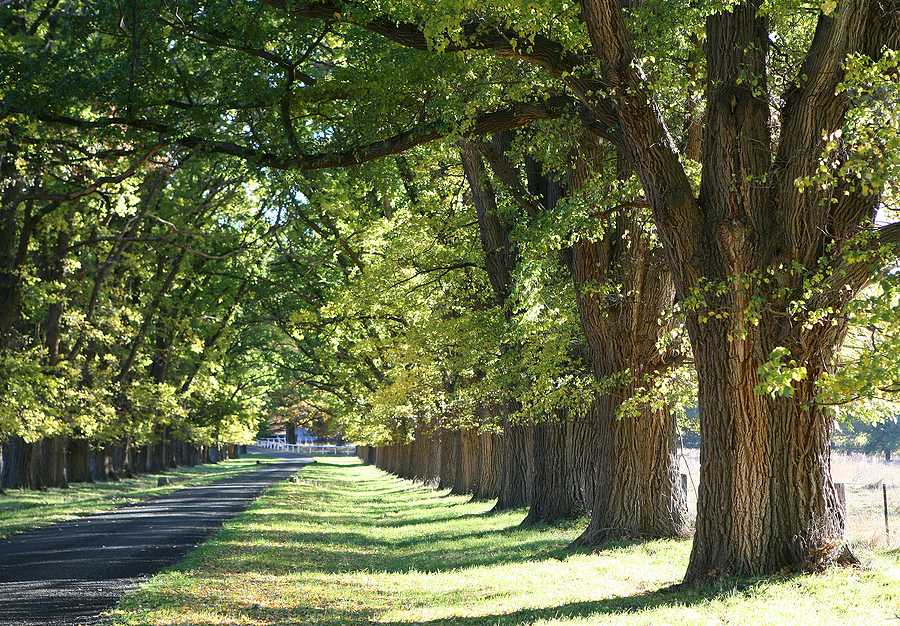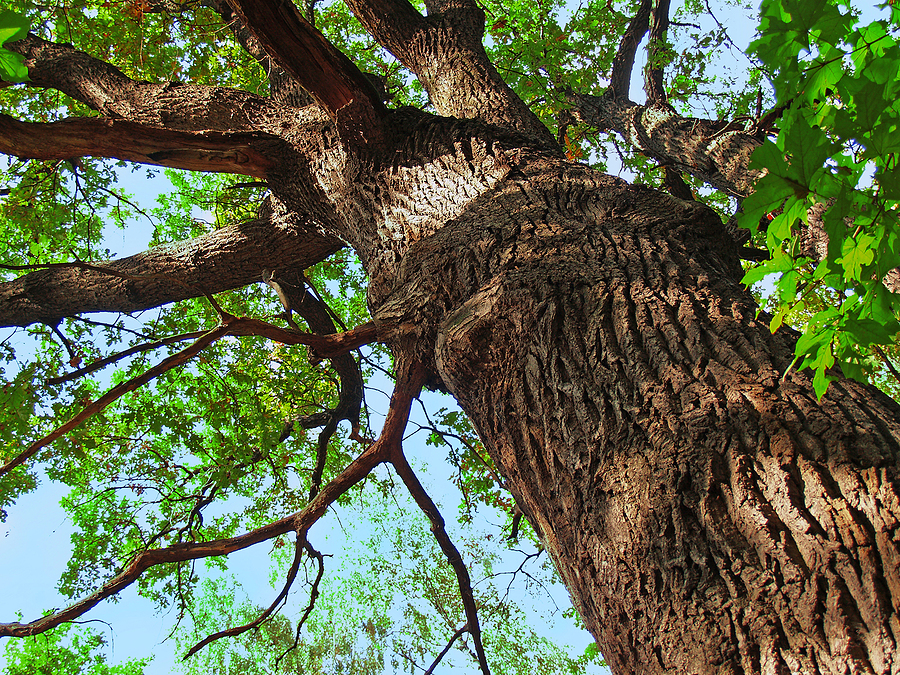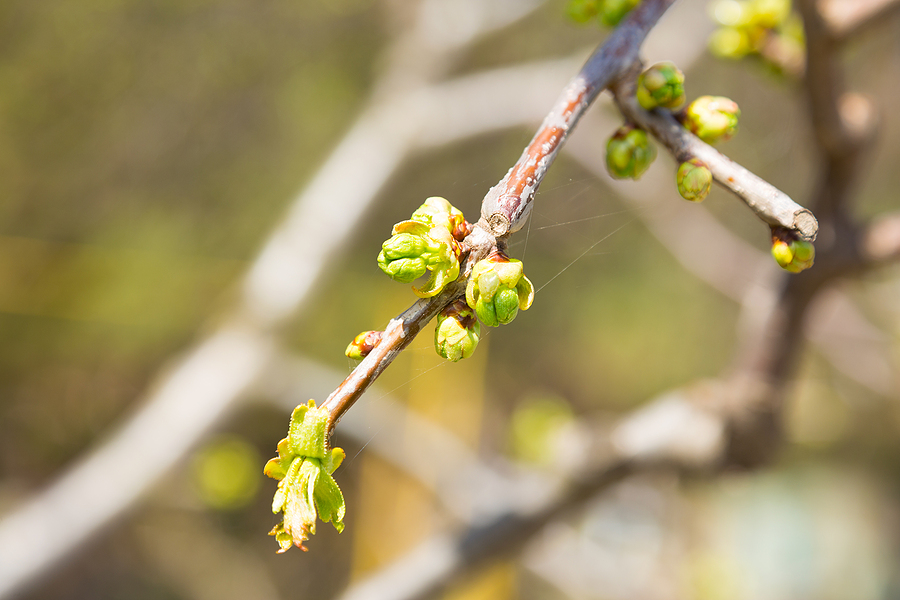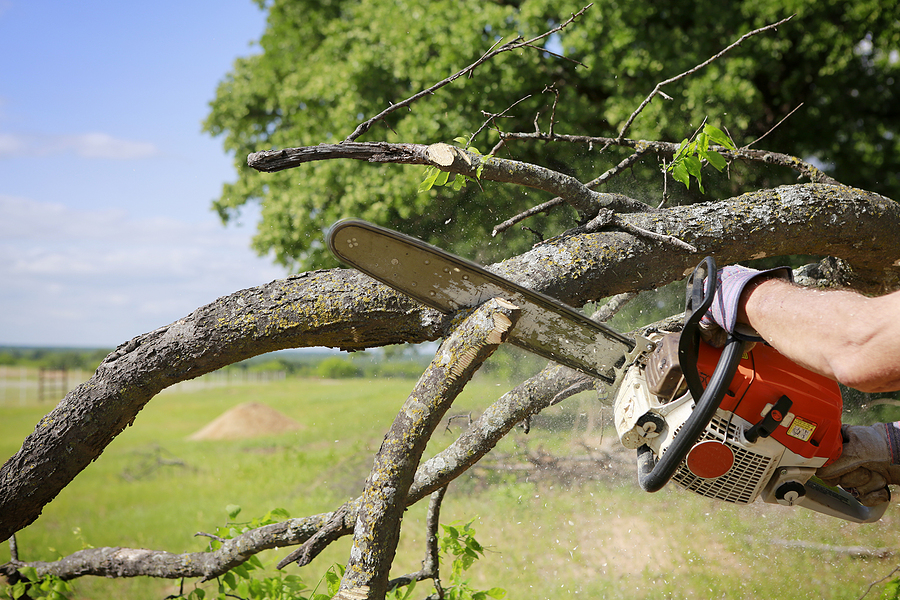Elm trees have graced American landscapes for centuries, standing as symbols of strength and beauty in neighborhoods across the country. These majestic trees can live for hundreds of years when properly cared for, providing shade, wildlife habitat, and natural beauty to any property. However, elm trees face unique challenges that require informed care and attention from homeowners.
Whether you’re considering planting a new elm tree or caring for an existing one, understanding proper elm tree care is essential for long-term success. From selecting disease-resistant varieties to recognizing early signs of trouble, this comprehensive guide will equip you with the knowledge needed to nurture healthy elm trees.
The key to successful elm tree care lies in understanding your local environment, implementing consistent maintenance practices, and knowing when to seek professional help. With the right approach, your elm trees can thrive for generations to come.

Choosing the Right Elm Variety for Your Landscape
Selecting the appropriate elm variety for your property sets the foundation for successful tree care. Not all elm trees are created equal, and choosing the right variety can mean the difference between decades of enjoyment and years of struggle with disease and pest issues.
American Elm
The American Elm remains one of the most beloved native trees, known for its distinctive vase-shaped canopy and impressive size. Modern American Elm cultivars have been bred for increased disease resistance, making them a viable option for homeowners willing to invest in proper care. These trees prefer moist, well-drained soil and can reach heights of 60-80 feet at maturity.
Red Elm
Red Elm, also known as Slippery Elm, offers excellent drought tolerance and adaptability to various soil conditions. This variety typically grows smaller than American Elm, reaching 40-60 feet in height, making it suitable for properties with space constraints. Red Elm demonstrates natural resistance to some common elm diseases, though regular monitoring remains important.
Slippery Elm
Slippery Elm provides unique benefits beyond its ornamental value, with inner bark that has traditional medicinal uses. This variety adapts well to Indiana’s climate and soil conditions, showing good tolerance to both drought and flooding. Slippery Elm trees typically mature at 40-60 feet tall with a spreading canopy.
When selecting an elm variety, consider your property’s specific conditions, including soil type, drainage, available space, and sun exposure. Disease-resistant cultivars represent the best investment for long-term tree health.
Planting Your Elm Tree for Success
Proper planting techniques establish the foundation for healthy elm tree growth and development. The timing and method of planting significantly impact your tree’s ability to establish strong roots and resist future challenges.
Step-by-Step Planting Guide:
- Choose the optimal timing: Plant elm trees during dormant season, typically late fall through early spring, avoiding periods of extreme cold.
- Prepare the planting site: Select a location with adequate space for mature tree size, ensuring at least 15-20 feet from structures and utility lines.
- Dig the proper hole: Create a hole twice as wide as the root ball but only as deep as the root ball height to prevent settling.
- Position the tree correctly: Place the tree so the root flare sits at ground level, avoiding burying the trunk base.
- Backfill carefully: Use original soil mixed with compost, filling around roots while eliminating air pockets.
- Water thoroughly: Provide deep watering immediately after planting to settle soil and hydrate roots.
- Apply mulch: Spread 2-3 inches of organic mulch around the base, keeping mulch away from the trunk.
Proper planting location becomes especially important for elm trees, as good air circulation helps prevent fungal diseases while adequate spacing allows for healthy root development.
Watering and Fertilizing for Optimal Health
Consistent watering and appropriate fertilization support elm tree health throughout all growth stages. Understanding your tree’s nutritional needs helps prevent stress that can lead to pest and disease susceptibility.
Watering Best Practices
Elm trees require deep, infrequent watering rather than frequent shallow watering. During the first year after planting, water weekly with 1-2 inches of water applied slowly to encourage deep root growth. Established elm trees typically need supplemental watering during extended dry periods, particularly in Indiana’s variable climate.
Monitor soil moisture by checking 2-3 inches below the surface. Proper drainage remains crucial, as elm trees cannot tolerate standing water or consistently waterlogged soil conditions.
Fertilization Guidelines
Young elm trees benefit from annual fertilization with balanced, slow-release fertilizer applied in early spring. Mature trees typically require fertilization every 2-3 years, depending on soil conditions and tree health.
Soil testing provides valuable information about nutrient levels and pH, helping you make informed fertilization decisions. Elm trees prefer slightly alkaline soil with a pH between 6.0-7.5.
Contact Us for Expert Elm Tree Service! ✅
Pruning Techniques for Healthy Growth
Strategic pruning promotes elm tree health, improves structure, and reduces disease risk. Proper pruning timing and techniques make the difference between beneficial maintenance and potentially harmful cuts.
When to Prune
Prune elm trees during dormant season, typically late fall through early spring, to minimize stress and reduce disease transmission risk. Avoid pruning during spring growth flush when trees are most vulnerable to infections.
Pruning Objectives
Focus on removing dead, damaged, or diseased branches first, followed by crossing or rubbing branches. Maintain the tree’s natural shape while improving air circulation throughout the canopy.
Remove water sprouts and suckers that drain energy from main branches. Thin overcrowded areas to allow light penetration and air movement, which helps prevent fungal diseases.
Always use clean, sharp tools to make proper cuts just outside the branch collar. Large branches require professional removal to prevent damage to the tree.
Common Pests & Diseases Affecting Indiana Elm Trees
Understanding local pest and disease pressures helps you implement effective prevention and treatment strategies. Indiana’s climate creates favorable conditions for several elm tree threats that require vigilant monitoring.
Regional Pest Concerns
- Elm Leaf Beetle: These beetles cause significant defoliation by feeding on leaf tissue, creating a skeletonized appearance.
- Japanese Beetle: Known for aggressive feeding that can quickly strip foliage, weakening trees and making them susceptible to other problems.
- Aphids: Small insects that cluster on new growth, causing leaf curl and attracting other pests with their sticky honeydew secretions.
- Spider Mites: Particularly problematic during hot, dry conditions, causing leaf discoloration and premature drop.
- Scale Insects: These pests attach to branches and leaves, gradually weakening trees by extracting plant juices.
Dutch Elm Disease: Recognition and Response
Dutch elm disease remains the most serious threat to elm trees in Indiana. Early detection and rapid response can sometimes save infected trees or prevent spread to nearby elms.
Symptoms to Monitor:
- Yellowing and wilting leaves, often starting on individual branches
- Rapid leaf drop leading to bare branches during growing season
- Brown or black streaking visible under bark when peeled back
- Overall decline in tree health and vigor
Treatment Options:
- Preventative fungicide injections for healthy trees in high-risk areas
- Prompt removal of infected branches to slow disease progression
- Complete tree removal when infection becomes widespread
- Implementing proper sanitation by removing dead elm wood
Professional diagnosis becomes crucial when Dutch elm disease is suspected, as treatment effectiveness depends on early intervention.
Professional Tree Service: When to Call the Experts
Professional tree service provides expertise and equipment necessary for complex elm tree care tasks. Recognizing when to seek professional help protects both your trees and your property investment.
Consider professional service for fungicide applications, large branch removal, disease diagnosis, and emergency situations. Certified arborists understand local pest and disease pressures while having access to specialized treatments not available to homeowners.
Regular professional inspections can identify problems before they become serious, potentially saving thousands in treatment costs or tree replacement. Many tree care companies offer maintenance programs that provide consistent care throughout the year.
When selecting a tree service provider, look for ISA certification, proper insurance coverage, and local references. Allisonville Nursery and other reputable local businesses can provide recommendations for qualified arborists in your area.
In Summary
Elm tree care requires dedication and attention to detail, but the rewards justify the investment. These magnificent trees provide decades of beauty, shade, and environmental benefits when properly maintained.
Consistent care practices, early problem detection, and professional guidance when needed form the foundation of successful elm tree ownership. Understanding your local environment and potential threats allows you to implement proactive measures that keep your trees healthy and thriving.
Remember that healthy elm trees increase property values while providing irreplaceable benefits to your landscape and community. The time and resources invested in proper care will be rewarded with generations of natural beauty and environmental stewardship.
For expert elm tree care and professional guidance tailored to Indiana’s unique growing conditions, contact our tree care experts today. We provide comprehensive tree care services in Indianapolis that are designed to keep your elm trees healthy and beautiful for years to come.
Related Post: Top Indiana Shade Trees for a Cooler and More Beautiful Landscape



